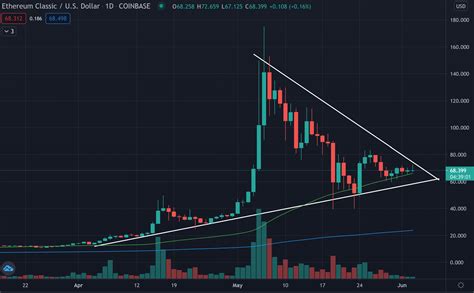Ethereum TradingView Volume Indicator: A Guide to Getting Data from Binance API

The Ethereum trading volume indicator on TradingView is a popular tool used by traders and analysts to gauge market activity and sentiment. While it provides valuable insights, getting the accurate value of this indicator from the Binance API can be challenging due to differences in data formats and standards.
Understanding the Binance API
Before diving into how to obtain the Ethereum trading volume indicator from the Binance API, let’s quickly review what you need to know about the API:
- The Binance API is primarily used for retrieving information about Bitcoin-related assets, including prices, order book data, and more.
- However, TradingView offers a range of indicators that can be accessed through their platform. These indicators are typically designed to provide real-time or historical data on various markets, including Ethereum.
Identifying the Correct Indicator
To obtain the Ethereum trading volume indicator from TradingView, you need to identify the correct candle volume indicator. There are several indicators available in this category, and it’s essential to select the one that provides the desired data format.
- Volume Candles: These candles display the volume of trades for a specific period. You can use these candles to estimate trading activity on Ethereum.
- Volume Line: This line plots the cumulative total of all volumes over time. It can help you visualize market trends and identify potential buy or sell signals.
Getting Data from Binance API
Once you’ve identified the correct indicator, it’s time to access its value from the Binance API. Here are some steps to follow:
- Create a Binance API account: If you don’t already have one, create a new account on Binance. You’ll need to provide your email address, password, and other basic information.
- Install the TradingView API library: To access TradingView indicators through the Binance API, you’ll need to install their API library for Python. You can do this by running
pip install tradingview-api.
- Authenticate with the Binance API: Use your Binance account credentials to authenticate with the API. This step is crucial to prevent unauthorized access.
- Use the TradingView indicator URL: Construct a URL that includes the correct TradingView indicator ID and parameters. The most commonly used indicators are
ETRSVPOLLIGRATIVUM,ETHUSDT_VOLUMES, andETH1V2ERISVOL. You can find these IDs in the Binance API documentation or through your TradingView account settings.
- Make the API request: Use a Python library like
requeststo make an API request with the constructed URL. You’ll need to pass in any required parameters, such as the indicator ID and time range.
Example Code
import requests
api_key = 'YOUR_BINANCE_API_KEY'
api_secret = 'YOUR_BINANCE_API_SECRET'
url = f"
response = requests.get(url)
data = response.json()
print(data)
Challenges and Workarounds
Keep in mind that there may be differences in data formats between TradingView indicators and the Binance API. You might encounter issues with:
- Data parsing: The indicator values might not match exactly, or you might need to adjust your code to accommodate any discrepancies.
- Time zone considerations: TradingView indicators often display prices in a specific time zone (e.g., UTC). When working with the Binance API, make sure to take this into account.
Conclusion
While getting data from the Ethereum trading volume indicator on TradingView might require some adjustments and extra effort, it’s definitely possible.

